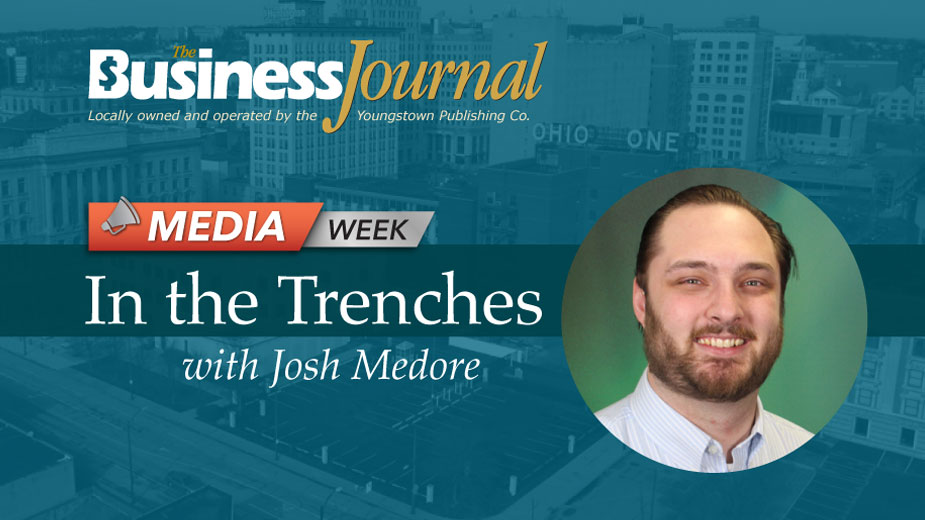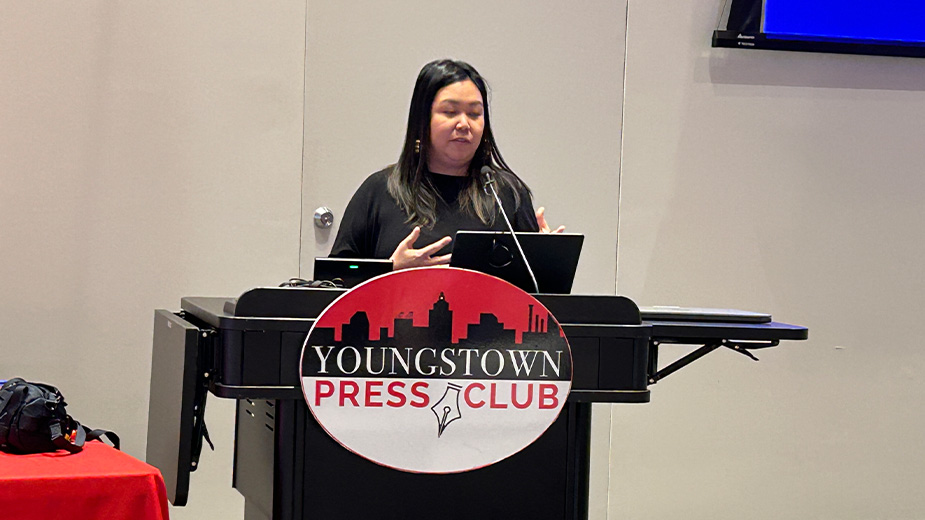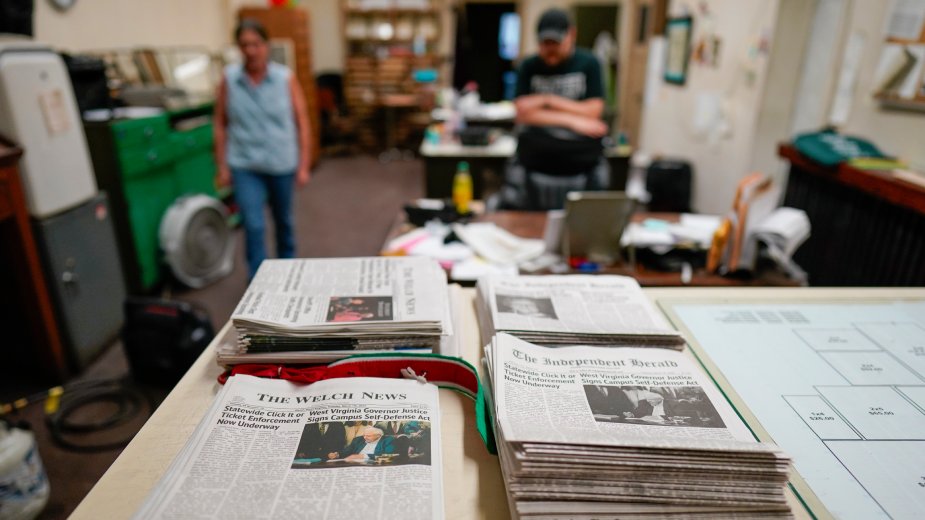Commentary: PPP Brings Mad Rush to Reporter
The launch of the Paycheck Protection Program kicked off a weeks-long mad scramble. Certainly, it wasn’t as chaotic as what bankers and lenders had to deal with. But it still upended my beats.
Before the pandemic, I had primarily covered health care and the automotive industries. I stepped in to cover banking and finance when needed but I wasn’t entirely fluent. I could write up quarterly earnings reports and could talk to accountants about planning for retirement or a business making the transition to new owners. But that reporting still took a lot of research and the feeling that I had gotten something wrong never went away.
So when the Cares Act was signed into law March 27 with $349 billion available – later upped to $669 billion – through the Paycheck Protection Program, my first thought was that I’d be in over my head.
Like the bankers and accountants helping clients to fill out their applications, I was trying to keep up with the constant changes in rules from the SBA. It was vastly different from the reporting I was used to. Before shifting to covering the pandemic and its impacts, I was working on a story about the state of health care in the Mahoning Valley. I was digging through reports from local health departments, talking to hospital leaders and health commissioners, and researching what could be done to improve health. All of it was based on things people already knew about.
Pivoting to cover PPP was the complete opposite. While everyone knew the general outline of the program and what was needed, the details were constantly shifting. Until the SBA announced the first allotment of funding had been accounted for, everything was up in the air. After that, things settled down and the rules became clearer. The mad rush was over. While the first $349 billion had been claimed in two weeks, the second phase of PPP money would last until August.
Mixed in with trying to understand the Paycheck Protection Program was adjusting to new ways of reporting. . As I interviewed – by phone, Zoom chats or text – people who were involved in the program it was obvious that they were busier than ever. Night and weekend shifts were routine.
Among all that work and confusion, the people I reached out to almost always took the time to talk. It would have been easy to cast my voicemails and emails aside as something to deal with later or pretend they never saw. But everyone was focused on making sure that businesspeople – regardless of whether they were clients – knew what was going on.
Over the summer, after the initial rush faded, I’d occasionally revisit the PPP, looking for updates, rule changes and trying to piece together a local picture of the lending program. The latter was difficult as companies were reticent to discuss how much they had gotten and banks only disclosed totals. That changed in early December when the SBA released data detailing every loan awarded.
The information came in six spreadsheets bigger than anything I had ever dealt with. One, listing only loans above $150,000, had 660,504 entries. The information on loans under that amount were split into five files, each with about 900,000 entries. I spent 2½ days sorting through the lists and writing stories.
Now, with a second phase of Paycheck Protection Program funding in the new relief bill, we’re set to do it all again. This time around, the program should have more rules about who can get money and how much. With everything laid out beforehand and less urgency, it ought to be a bit calmer than the first time around.
Look for more In the Trenches reports throughout Media Week.
Copyright 2024 The Business Journal, Youngstown, Ohio.



